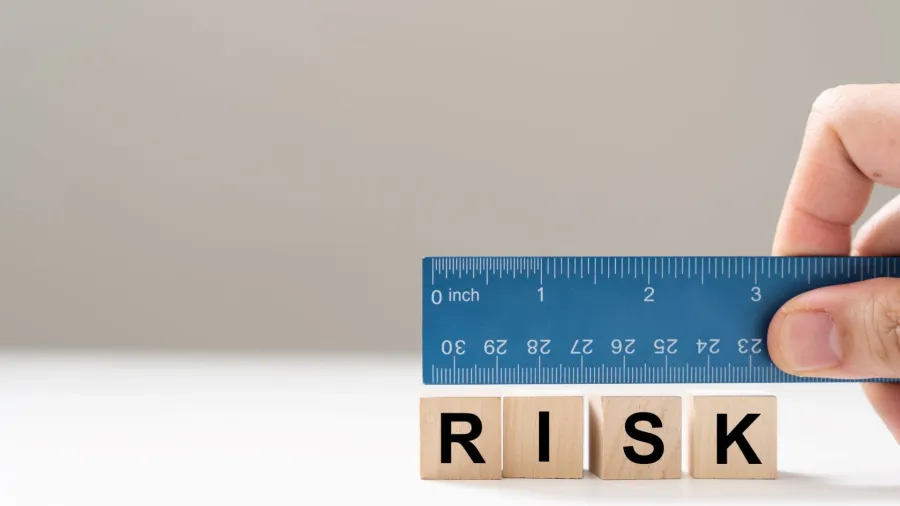
S&P flags distribution risk for Helia after CBA contract loss
Although Helia is expected to retain approximately 21% GWP.
S&P Global Ratings cited concerns for Australian mortgage insurer Helia Insurance over the company’s future competitive position after the loss of a major distribution agreement with Commonwealth Bank of Australia (CBA).
The CBA contract, set to expire on 1 January, 2026, previously gave Helia access to one of the largest mortgage origination channels in the country.
With its exit, Helia will now depend more heavily on smaller banks and nonbank lenders in a market dominated by Australia’s big four banks.
Although Helia is expected to retain approximately 21% of gross premiums written post-CBA, in line with domestic peers, S&P noted that the company’s ability to maintain its position as a key player in lenders mortgage insurance will depend on its success in securing new clients and extending existing relationships.
The rating agency believes that any erosion in Helia's market share or operating performance could trigger a downgrade in the next one to two years.
Earnings are expected to remain strong through fiscal 2025, supported by a favourable macroeconomic environment marked by declining interest rates, rising property values, and low unemployment.
Additionally, due to the structure of its premium recognition, the financial impact from the loss of CBA is expected to be limited in the short term, as Helia books revenue over a 15-year horizon.
S&P forecasts that Helia’s capital adequacy will stay well above the 99.95% confidence level over the next three years, even as capital requirements decline due to portfolio runoff and reduced new business strain.
In line with this trend, the company is likely to adjust its capital management strategy, potentially through higher dividend payouts and selective share buybacks.
Helia's financial risk profile was revised to "very strong" from "strong," underpinned by conservative reserving, disciplined asset-liability management, and a supportive reinsurance program.
However, S&P maintained a cautious stance, using the lower end of the dual-notch anchor to reflect a business risk profile it sees as weakening.



















 Advertise
Advertise








